|
I am continuing to embrace change by embarking upon a new career, I am now a herbal gardener; swapping my clinic room and medical books, for the great outdoors and muddy boots! I thought it was time to mix up my posts, and do a little bit on what I am learning in this new role. Admittedly, my gardening knowledge is somewhat limited. Aside from a botany paper during my natural medicine degree, and some dabbling in community gardening; I would not regard myself as green fingered at all! I work for Neal's Yard Remedies, an organic herbal skin and healthcare company - at their head office in Dorset. My job involves growing and harvesting a selection of the herbs used in their products. I am the right hand (wo)man to head gardener Fraser who is very patiently teaching me how to do everything. My skill set is slowly expanding, and now includes concreting, bricklaying, making raised beds from pallets, and using a range of 'man tools' - despite my short stature, I like to think I'm holding my own! As we walk in fields of gold... Above is the beautifully happy herb - Calendula (Calendula officinalis) - we commonly know it as the humble pot marigold. It is more than just a pretty face however, and has been used by herbalists for centurys. I have had the pleasure of watching these glorious plants grow...and grow; their flowers 'pop' open on a daily basis when in the height of their growing season; and when it comes to harvesting them we almost can't keep up. We start at one end, picking each and every flower head by hand (yes, by hand!), and when we reach the other end, it's time to go back to the beginning again; and so it continues from around June to October. Picking the flower heads actually encourages growth. It tells the plant to put in some more energy into making more flowers rather than sitting back and thinking its job is done! The flowers are sticky, and leave a glue-like residue on your fingers, by the end of the day my hands would be orange, my fingers would actually stick together, and it would take a lot of scrubbing to get them back to normal again! This plant's benefits extend to providing some great excercise - I have certainly developed a strong back and legs whilst harvesting; much time is spent alternating between standing, crouching, and at some points crawling in order to do this all day. Once they are picked, they are carted off to the tincture unit, weighed, and stored in containers filled with organic rye alcohol, and water (which comes from the flowers themselves). This is firstly to preserve the flowers, and also to extract their goodness. After a period of around 6 weeks the containers are strained, the flowers are pressed and put back onto our compost bins, nothing is wasted! The liquid nectar that is left (the herbal tincture) goes into a range of Neal's Yard products, and it's a pleasure to think I played a small part in that. At the end of the season, we let the plants go to seed. This is where the petals drop off, leaving the head base. After a while, the head base curls up on itself, and turns brown. At that point we picked them so they can be sown in spring. Calendula overview & medicinal uses: Name: Calendula officinalis Family: Asteracae * This is a known allergen, and is of the same family as daisies, echinacea, and chamomile. Avoid if sensitivity is known * Parts used: Flower - dried or fresh Some strange but true titbits: The name stems from the latin calendulae, meaning 'throughout the months', however its old Saxon name ymbglidgold means 'it turns with the sun.' It was thought to symbolise jealousy in the middle ages, and later on was more commonly used to colour cheese! Habitiat & cultivation: Calendula is native to mediterranean Europe, but due to its hardiness, and that it can self-sow freely - it has spread throughout temperate regions of the world.
Medicinal actions: Astringent, anti-inflammatory, vulnerary (heals wounds), anti-microbial, styptic (stems blood flow), lymphatic, anti-viral, anti-bacterial. Medicinal uses: Calendula is the go-to herb for most skin conditions and is mainly used topically. It can be applied as an oil, ointment, or cream, or infused to be used as a wash.
Internally: Calendula petals can be eaten; their slightly bitter,tangy taste helps stimulate digestion - add to salads, smoothies, and soups. Can also be taken as an infusion or tincture.
*Caution is advised, seek advice from a qualified naturopath/herbalist before taking* How to make calendula oil: Calendula oil can be used direct on the skin, as a massage oil, or added to the bath. Suitable oils - cold pressed olive oil, sweet almond oil or coconut oil Fresh or dried petals can be used - if using fresh it is best to wilt overnight to reduce the moisture content. Method:
To go onto make an ointment: For 100g Beeswax or cocoa butter - 15-20g Infused oil - 80-85ml Add beeswax/cocoa butter to water basin (like above) and melt
from gold to brown! Over winter, once the calendula plants had died back we pulled them up, put them on our homemade pallet compost bins, weeded the rows, and rotavated the soil. This was the first time I used such equipment, and I have to say, it was tough going. I kept going wonky, and was told I didn't plough deep enough so had to go over again. It gave my arms a thorough workout, and my forearms in particular ached the next day. I gave up after a few rows, and handed the mechanical reins back to Fraser!
In a few weeks we will be sowing the seeds we had collected last year, and I am looking forward to seeing these happy flowers again. As we will also be growing tomatoes in the poly tunnel (for the on-site staff canteen), I plan to also companion plant them too. I shall keep you posted!
0 Comments
Leave a Reply. |
AuthorEmma is passionate about promoting good health, and likes to keep things simple. She enjoys yoga, meditation & being outdoors, yet likes to indulge in coffee, wine & cake - Everything in moderation! |
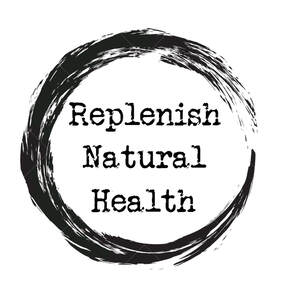
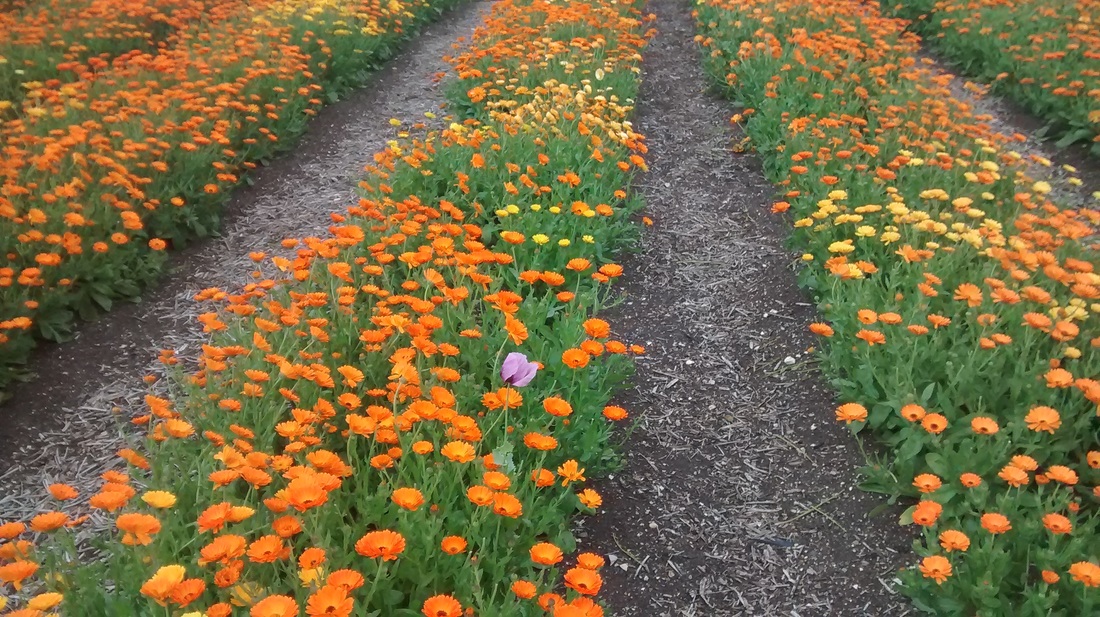
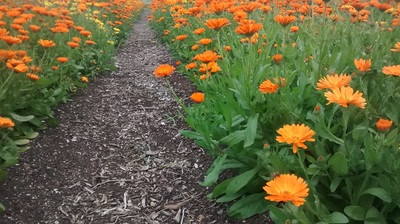
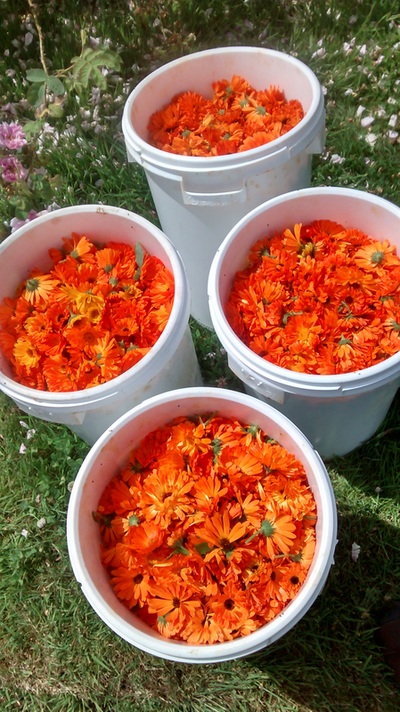
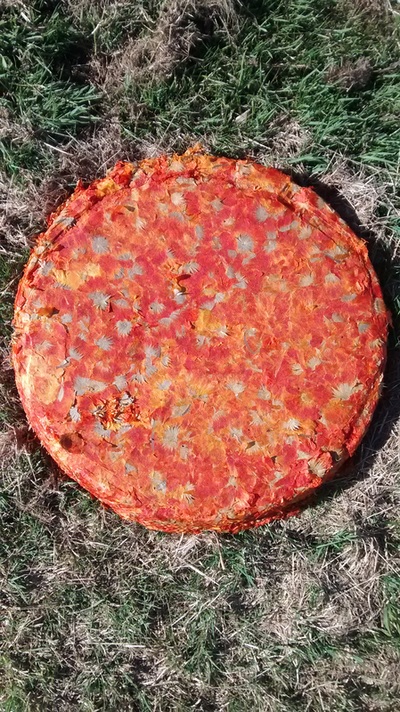
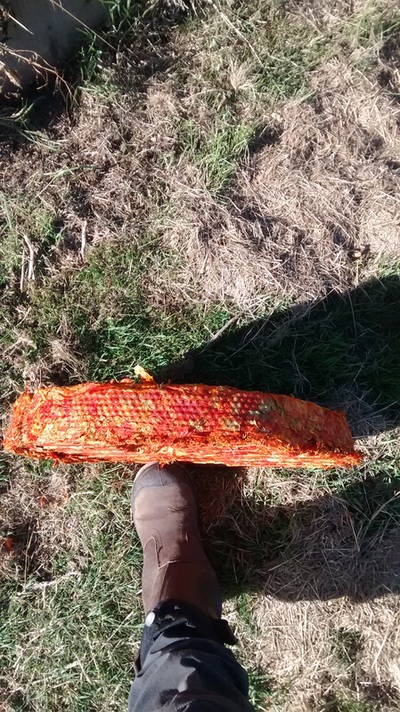
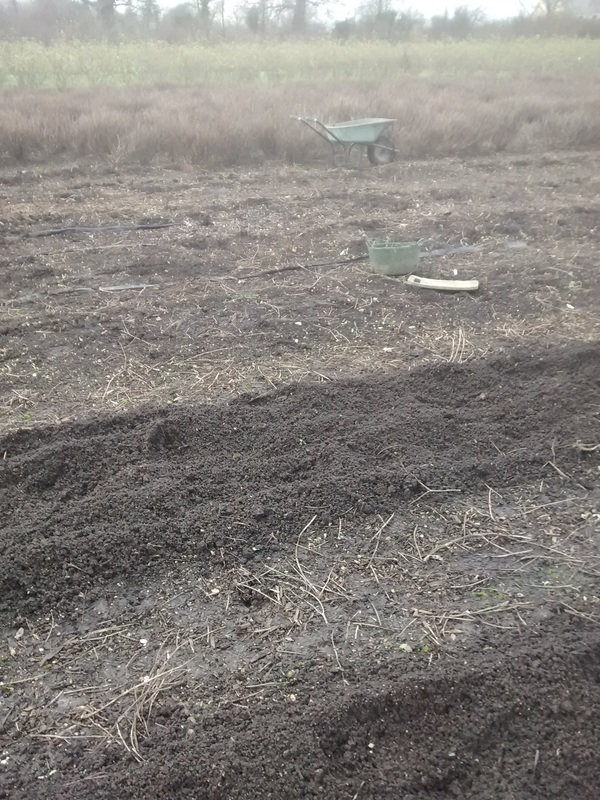
 RSS Feed
RSS Feed
